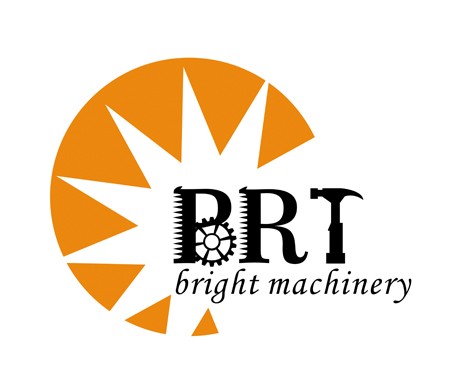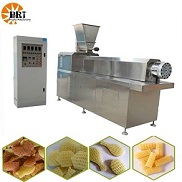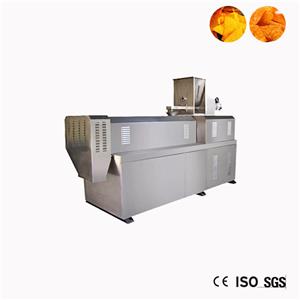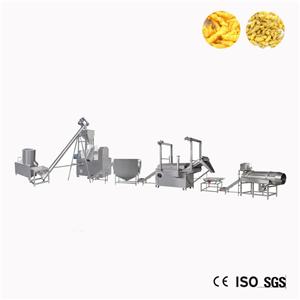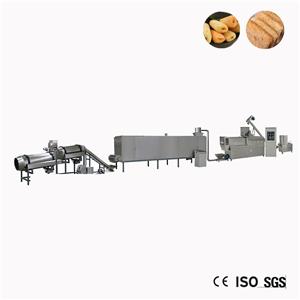Differences between sinking feed and floating feed
In the aquatic feed industry, the expander is widely used, because the material produced by the expander is diversified and its ripening degree is higher than that of the granulator, which causes much less environmental pollution. Many manufacturers generally only produce floating material. The matters needing attention in the production of submerged materials with the expansion machine are analyzed as follows:
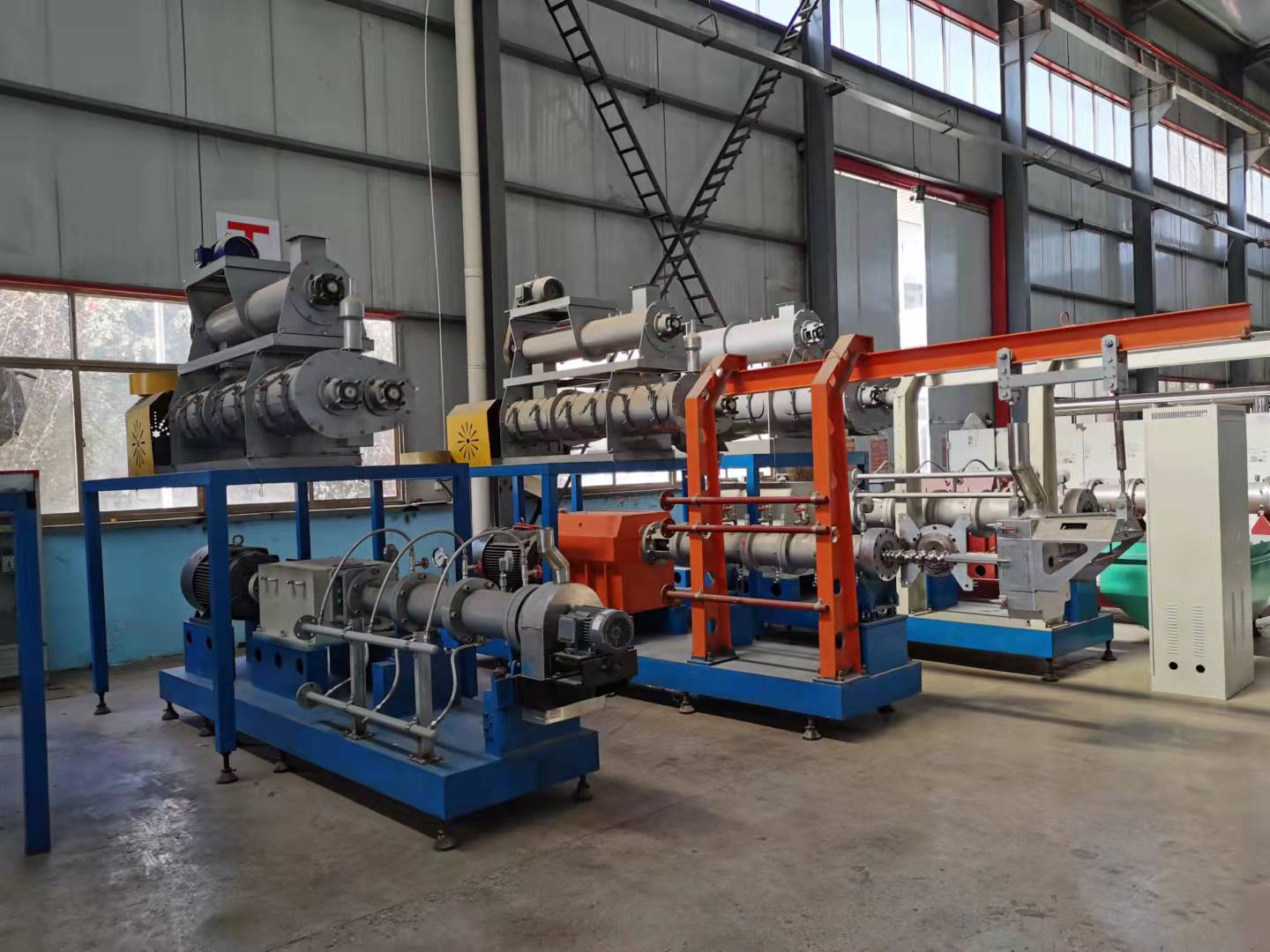
1. Formula: In the design of the formula, it should be noted that the starch content should be low but not absent. Generally speaking, it should be greater than 10% but less than 20%. Generally, it is better to be about 15%. The water resistance of granules is affected by less starch, and the appearance of granules is affected by the increase of dust in finished products; In addition, in the design of the sinking formula, the fat content is higher than that of the floating material, which is generally 5-8%. Moreover, the vegetable raw materials are easier to expand than the animal raw materials.
2. Formwork: The opening rate of the sinking material formwork is more than 40% higher than that of the floating material. The reason is that the pressure difference between the pressure in the expander and the atmospheric pressure is small during the production of the sinking material, so the expansion efficiency is small. In addition, the length diameter ratio is larger than that of the floating material, generally about 1:1.8.
3. Screw configuration: pay attention to the configuration of the extruder screw during the production of the sinking. It is different from the configuration of the floating material. It requires that the material stay in the cavity for a short time (compared with the floating material, the floating material stays in 30-35 seconds and the sinking material stays in 20-30 seconds for the same equipment) The shearing force is small and the discharge temperature is relatively low, so the screw at the discharge end can not be used to break the groove and the pressure relief port on the expansion chamber should be opened as far as possible during the sinking; The other is to change the screw behind the kneading sheet (in the direction of the discharge port) to face the discharge end steeply, so that the material can be ejected quickly.
4. Control of water content: During the production of sediment, more water should be properly added in the conditioning than in the floating material (about 25% of the floating material is generally discharged from the conditioner, and about 28% of the sediment). In addition, 2-3% of the tap water can be properly added in the expansion cavity, which is more conducive to the production of sediment.
5. Tempering and tempering temperature control: Generally speaking, the temperature of the floating material for production is not much different from that of the settling material conditioner, both of which are above 90 ℃, which is conducive to the starch ripening of the materials (generally 70-85% for the settling material and 80-95% for the floating material). However, due to design reasons, the temperature of the conditioner for some of the settling materials cannot be increased to 90 ℃, but can only be about 60-80 ℃ In this case, the water addition amount of the conditioner can be reduced while the water addition amount of the expansion chamber can be increased, and the tempering temperature may be added.

6. Rotating speed of main machine: the rotating speed of the main shaft of the heavy material is generally 250-400r/min (for equipment that can adjust the speed, such as twin-screw; single screw extruders generally do not have speed adjustment equipment, and the rotating speed is generally about 350 r/min). The higher the rotating speed of the equipment, the higher the shear force, and the higher the mechanical energy absorbed by the feed.
7. Dryer control: Many operators believe that the higher the temperature of the dryer, the more materials can be dried However, it is important to pay attention to the secondary curing of the material during the production of the thickener, that is, if the temperature of the material when it is out of the expander (such as 80 ℃) is lower than the temperature of the oven (120 ℃), the granular starch will be cured again, so that the granular material will be settled at the outlet of the expander and float after drying; In addition, the moisture content of particles is uneven (particle surface and core) after the temperature of the oven is too high. Therefore, the control principle of the dryer during drying and settling is low temperature and slow drying. The drying temperature is controlled at about 100 ℃, preferably within 90 ℃, and the belt speed is as slow as possible (40-60 minutes).
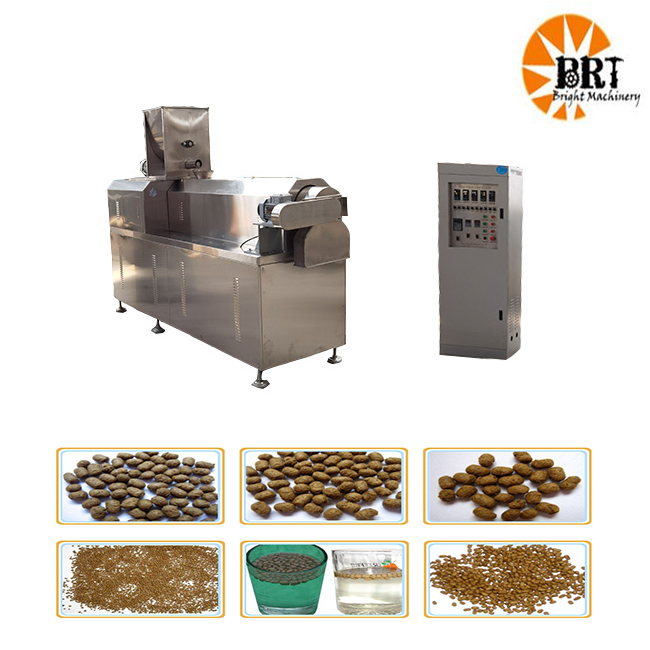
The expansion range of the floating material of the expander is 1.5-2.1 times. Settling material basically does not expand, and the expansion degree is 1.0-1.3. That is, the size of the finished product should be larger than the die hole by one degree of expansion.
For reference only!!
